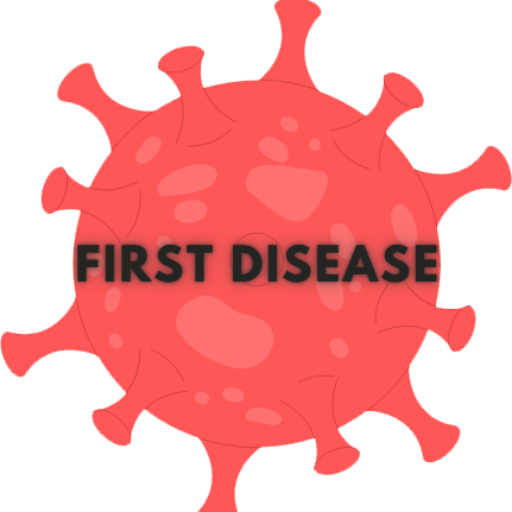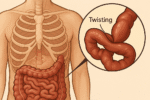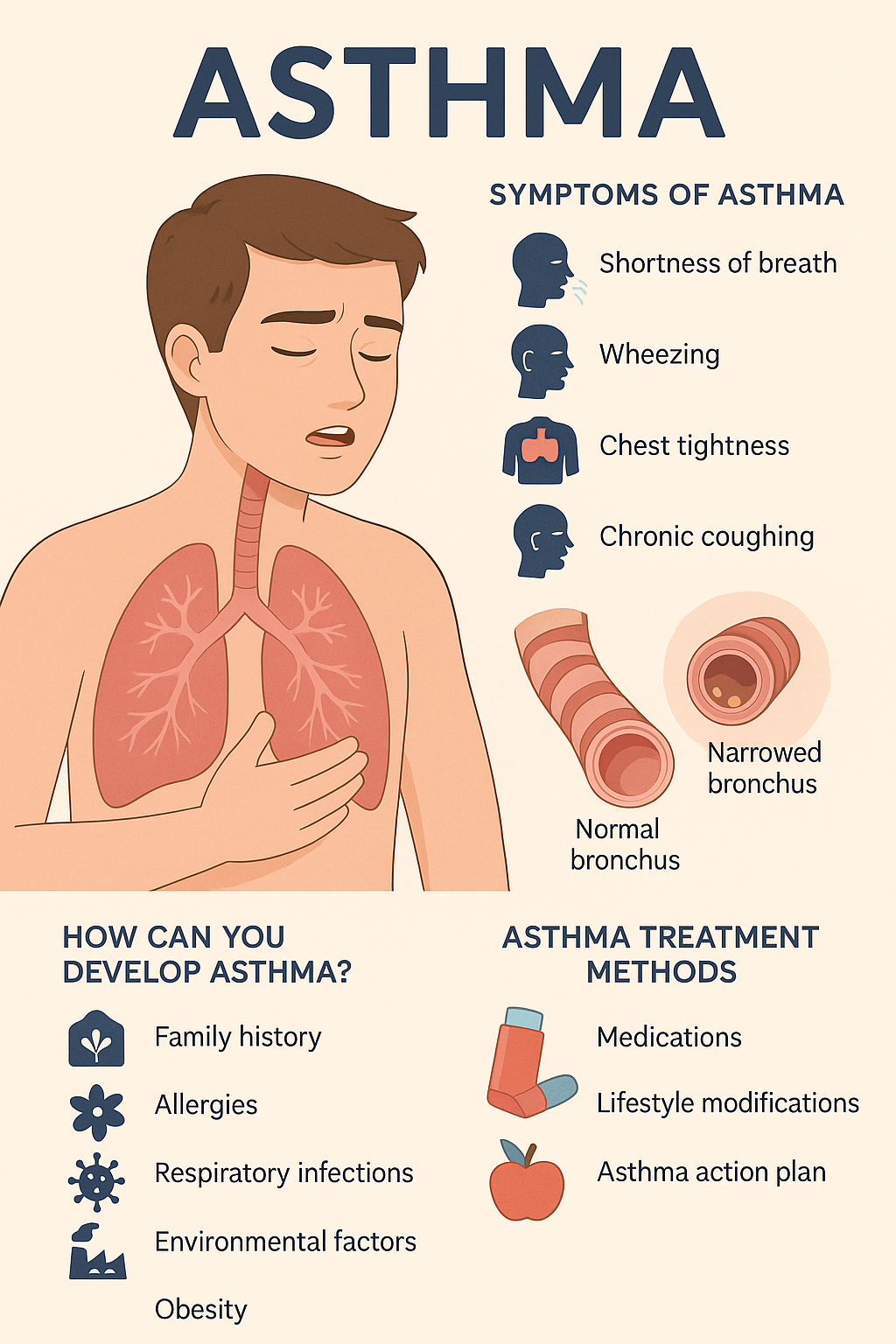🧠 Alpers Disease: Life Expectancy and Disease Progression
Introduction
Alpers disease (also known as Alpers-Huttenlocher syndrome) is a rare and progressive neuro-metabolic disorder. It most commonly appears in early childhood and is associated with mutations in the POLG gene, which is responsible for mitochondrial DNA replication. The disease is characterized by epileptic seizures, progressive brain damage (encephalopathy), liver failure, and loss of motor functions.
🧬 Key Features of the Disease

Figure 1: Degeneration typically affects the temporal and occipital lobes in Alpers disease.
- Age of Onset: Usually between 2 and 5 years.
- Symptoms: Seizures, cognitive regression, spasticity, liver dysfunction.
- Genetic Cause: Mutations in the POLG gene disrupt mitochondrial DNA replication.
🕒 Life Expectancy
Unfortunately, Alpers disease is a progressive and fatal disorder. Once diagnosed, the lifespan is usually limited to a few years.
- Average Life Expectancy: Typically ranges from 6 months to 3 years after diagnosis.
- Early Onset: Associated with shorter survival.
- Liver Failure: One of the most common causes of death and significantly impacts life expectancy.
- Factors Affecting Prognosis:
- Frequency and control of seizures
- Degree of liver function impairment
- Nutritional status and presence of infections
🧩 Disease Course

Figure 2: Disease progression and age of onset in 32 Alpers patients (Di Donato et al.)
- Initial Stage: Children may show normal development during early years.
- Advanced Stage: Persistent epileptic seizures, developmental regression, and motor skill loss.
- Final Stage: Multisystem failure, especially liver failure, along with severe neurological deterioration.
🧠 Treatment and Supportive Care
- There is currently no curative treatment.
- Antiepileptic drugs are used to manage seizures (valproate is generally avoided due to liver toxicity).
- Supportive therapies:
- Physical therapy
- Nutritional support
- Psychosocial care for family and patient
📚 References
- Di Donato, S., Zeviani, M., et al. “Alpers–Huttenlocher syndrome: Clinical, pathological and genetic features.” Neuromuscular Disorders, 2001.
- National Organization for Rare Disorders (NORD). “Alpers Disease Overview.”
- Naviaux, R.K. (1999). “POLG and mitochondrial DNA depletion syndromes.” Mitochondrion Journal.
- Genetics Home Reference – POLG Gene.









